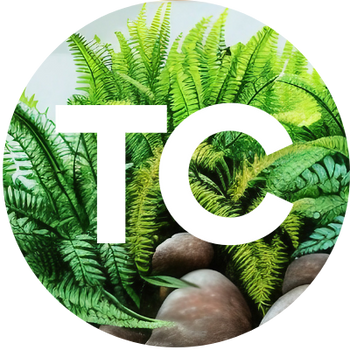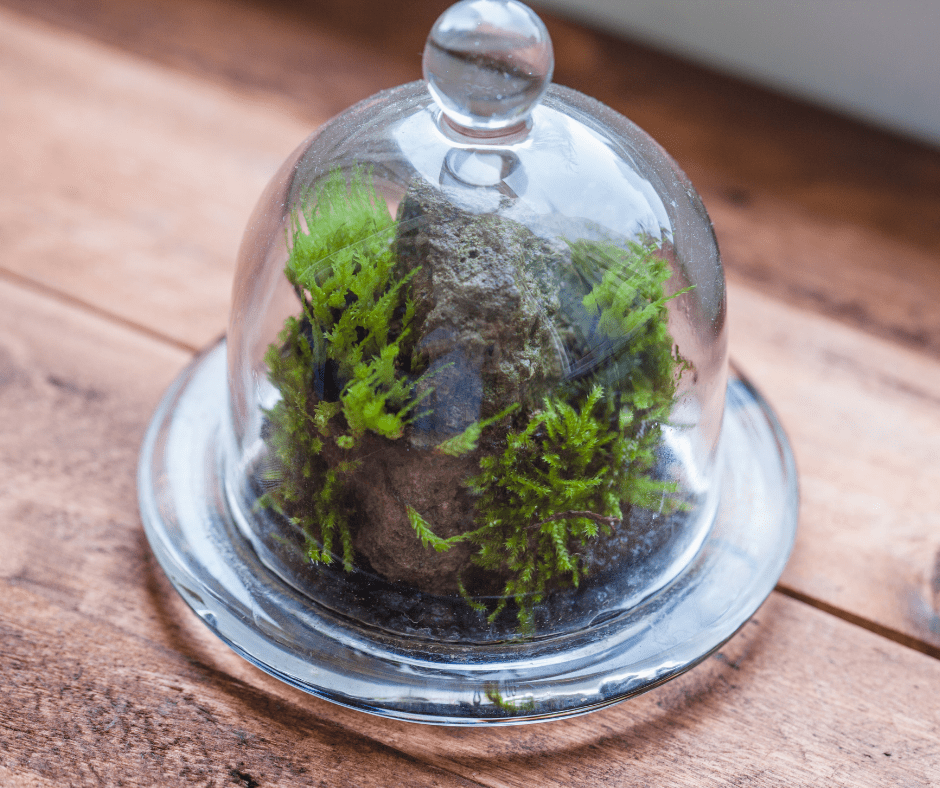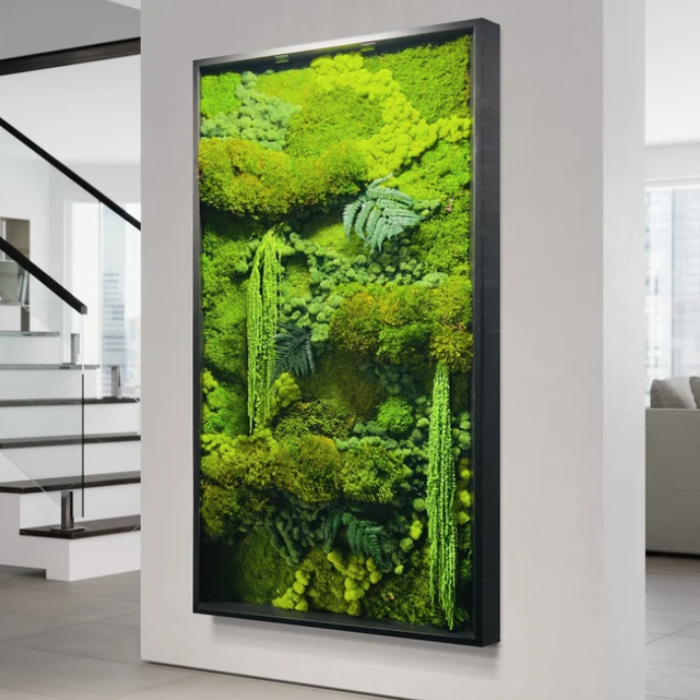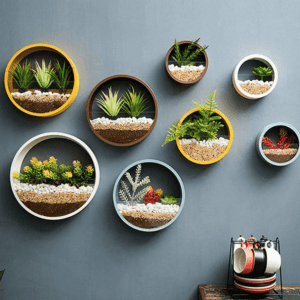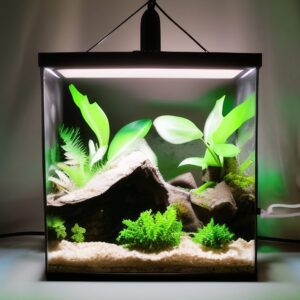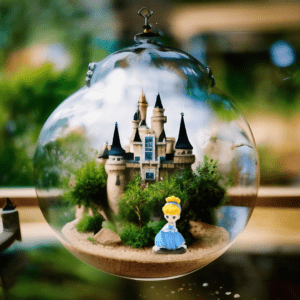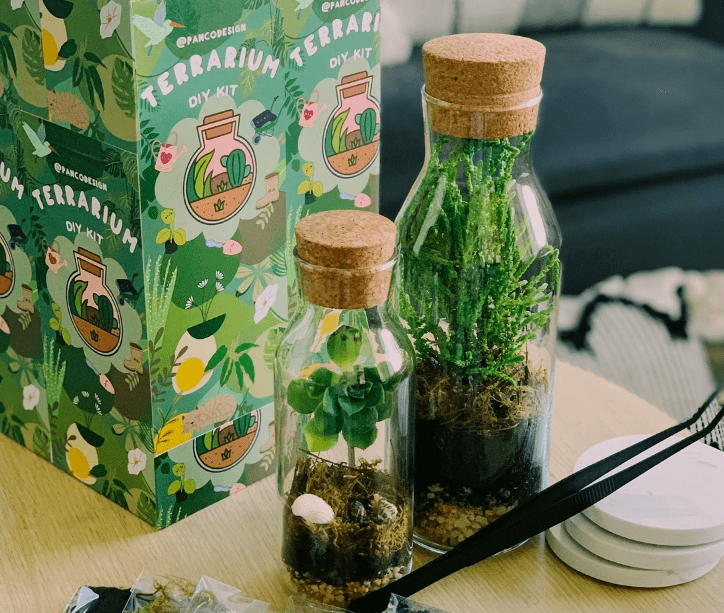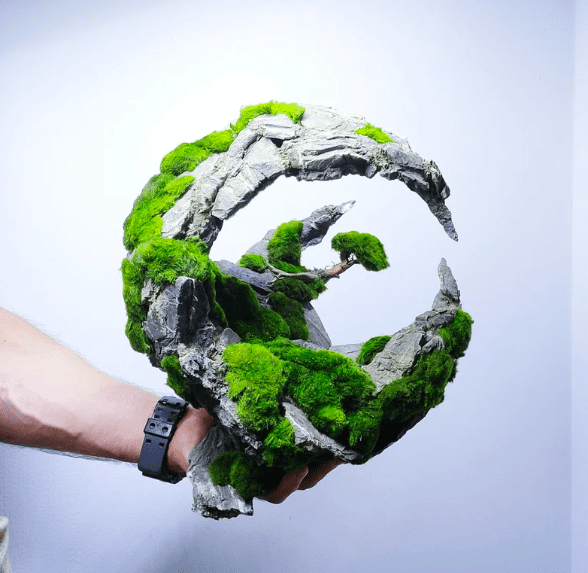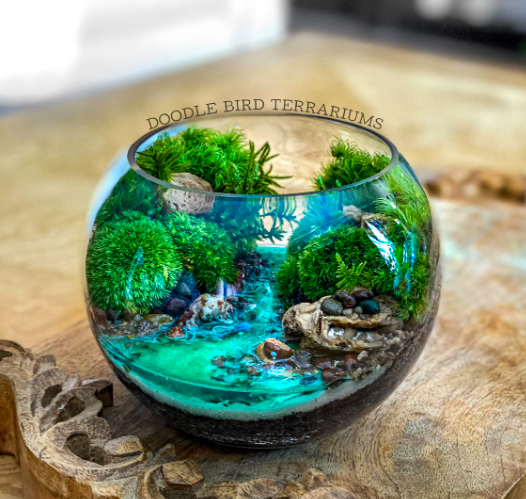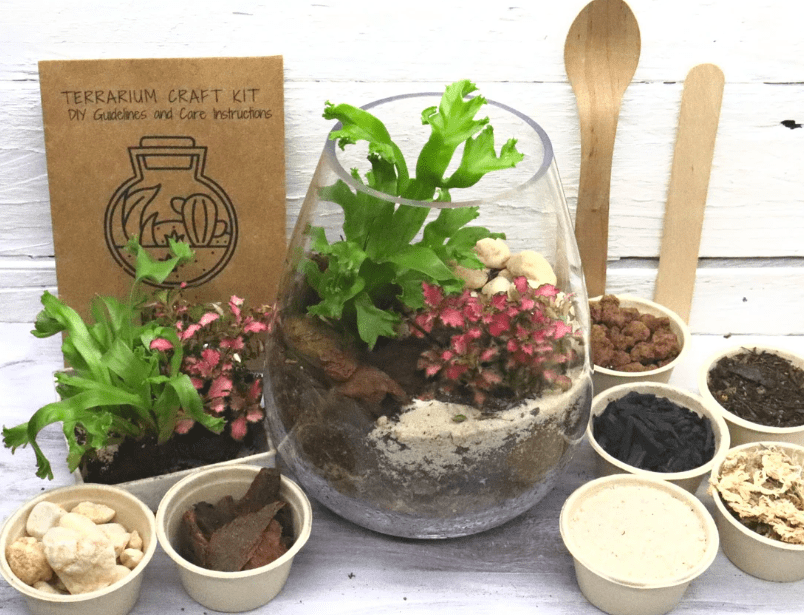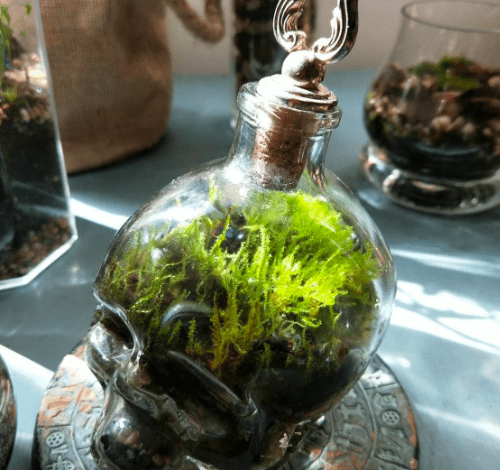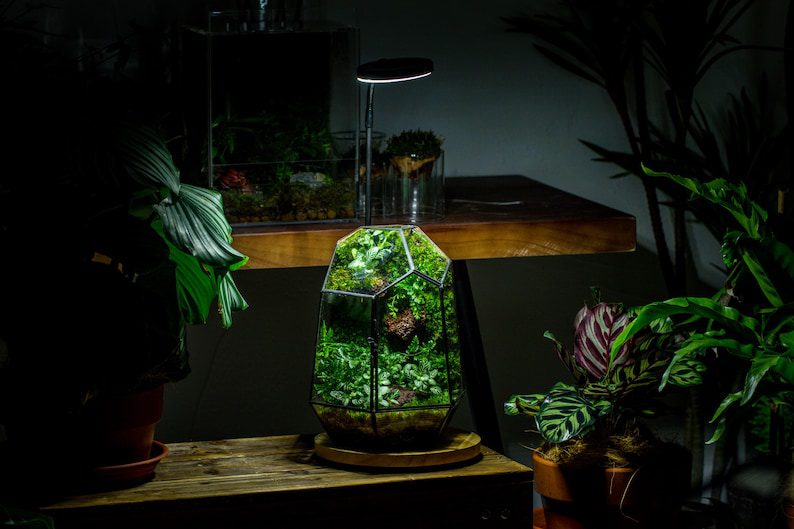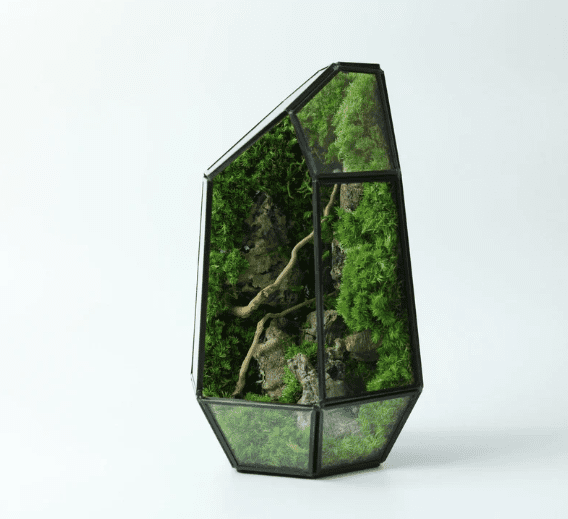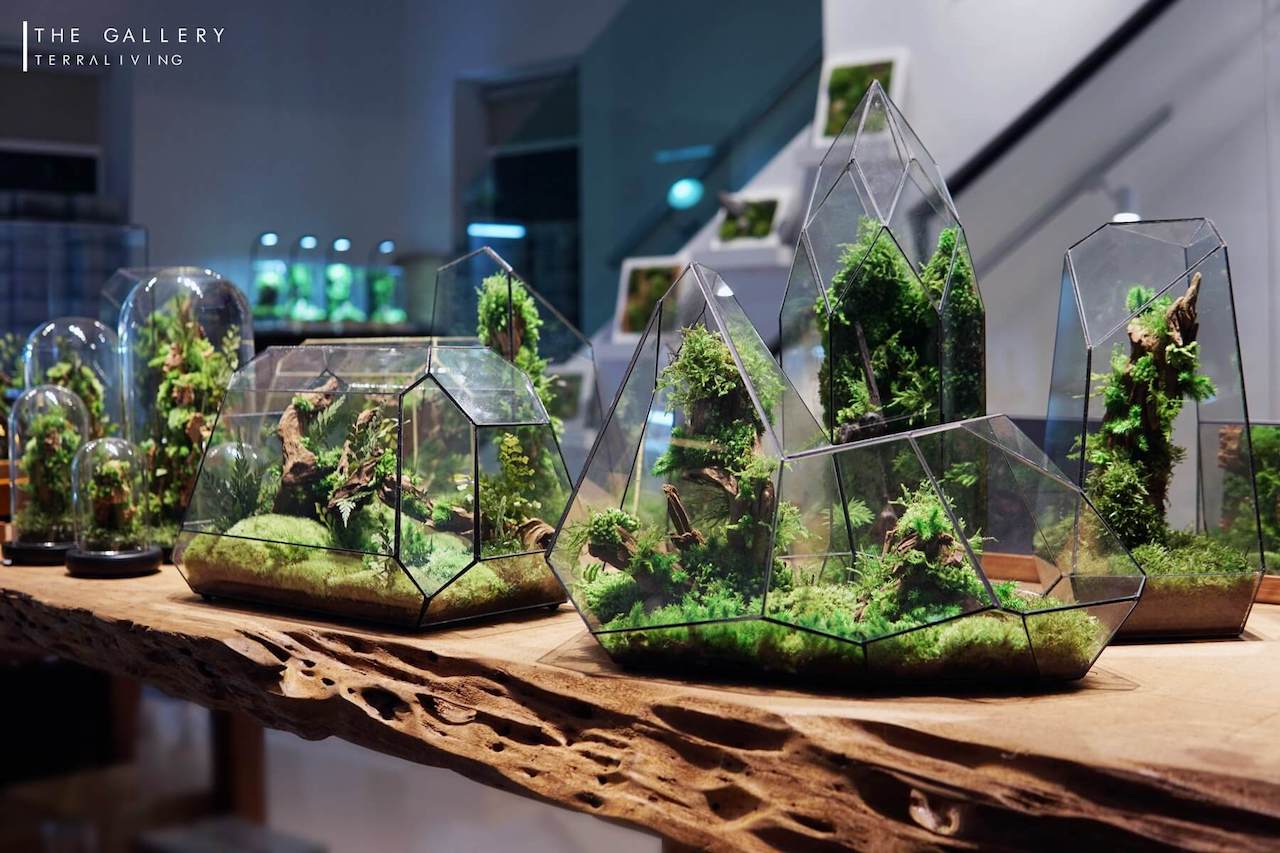If you’re thinking of adding a terrarium to your home, congratulations! Terrariums are a wonderful way to enjoy plants indoors, and they can add a touch of nature to any room. But before you run out and buy one, there are some things you should know about terrarium placement. In this post, we will discuss the dos and don’ts of terrarium placement so that you can create an optimal environment for your new plant friend.
Why is terrarium placement important?
Terrarium placement is important for two main reasons: light and humidity.
Terrarium Lighting
Let’s start with light. Many terrarium plants require bright, indirect sunlight in order to thrive. This means that you’ll need to find a spot for your terrarium where it will receive plenty of light, but won’t be in direct sun (which can overheat your terrarium). If you’re not sure whether a spot is too sunny or not, the best way to test it is to put your hand above the spot for a few minutes. If it feels warm, it’s probably too sunny.
Terrarium Humidity
As for humidity, most terrarium plants prefer high humidity levels. This means that you’ll need to find a spot for your terrarium which doesn’t allow it to dry out, such as near a humidifier or by a window where it won’t be in direct sun. If you’re not sure whether a spot is too dry or not, the best way to test it is to put your hand above the spot for a few minutes. If it feels cool, it’s probably too dry.
Open and Closed Terrariums
One final note on terrarium placement: it’s important to remember that there are two types of terrariums, open and closed. Closed terrariums are completely sealed, which means that they require very little maintenance and can be placed almost anywhere. However, because they’re sealed, they also don’t allow for any exchange of air,, so open them up every now and again.
Open terrariums, on the other hand, require a bit more maintenance (you’ll need to water them more often and make sure the plants inside get enough air), but can be placed almost anywhere, including in direct sunlight.
Positioning Your Terrarium
As a general rule of thumb, place your terrarium in an area that gets indirect sunlight. If it’s a closed terrarium, too much sun will cause the plants inside to sweat and eventually overheat.
If it’s an open terrarium, too much sun will dry out the soil and cause the plants to wilt.
The best spot for a terrarium is in a bright room where it can receive indirect sunlight throughout the day.
A north-facing windowsill is usually ideal, but any spot that gets good light will work. Just be sure to keep an eye on the plants inside and water as needed to keep the soil moist.
Now that you know the dos and don’ts of terrarium placement, go forth and find the perfect spot for your new terrarium. Want to know more? Check out our home page!
